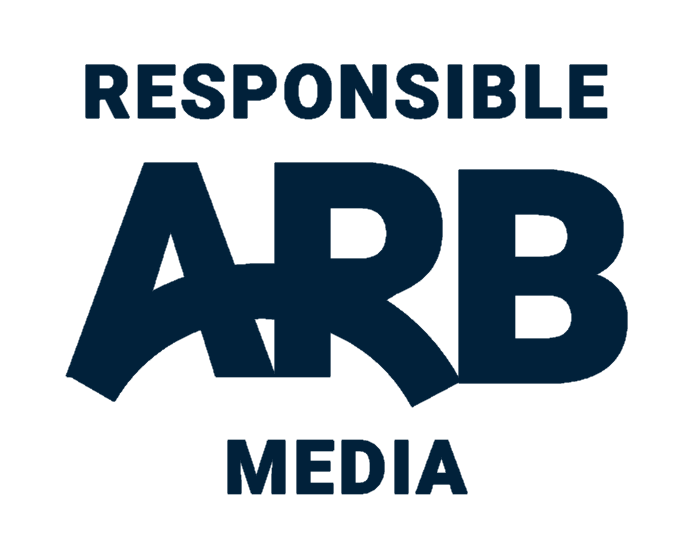International
Nasa's Orion spacecraft back on Earth after moon mission─── 08:25 Mon, 12 Dec 2022

After a nearly 26-day mission to orbit the moon, the American space agency Nasa has returned its next-generation astronaut ship safely to earth. Now, the craft could take humans to the moon for its next mission - slated for 2024.
The Orion capsule splashed down in the Pacific Ocean after a fiery re-entry into earth's atmosphere on Sunday. Because this was a test, there were no people aboard this time, but that will change for the next flight.
Nasa is planning even more complex missions with Orion. These will likely start in late 2024 and include, in 2025 or 2026, an attempt to put humans back on the lunar surface.
This was last achieved exactly 50 years ago to the day by the crew of Apollo 17. The agency's new project is called Artemis, who in Greek mythology was the sister of Apollo.
'We did the impossible by making it possible'
"[During Apollo] we did the impossible by making it possible," observed Nasa Administrator Bill Nelson.
"Now, we are doing that again, but for a different purpose, because this time we go back to the moon to learn to live, to work, to invent, to create, in order to go on out into the cosmos to further explore. The plan is to get ready to go with humans to Mars late in the decade of the 2030s, and then even further beyond," he told reporters.
Nasa had described the Sunday return of Orion to Earth as its "priority one" objective.
Vehicles returning from lunar distances travel at extremely high speeds - some 40 000 km/h at first contact with the atmosphere.
A robust heatshield is required to prevent the ship from tearing itself apart as it pushes up against the air and temperatures reach close to 3000C.
The protective layer on the underside of Orion is a new design from a previous craft, and Nasa had to be sure it was effective before risking the lives of astronauts on future missions.
The spectacular sight of the capsule's 11 parachutes deploying and inflating in sequence was a clear indication that the heatshield had done its job, although engineers won't pass judgement until they've inspected it.
After the capsule's drop into the ocean, not far from Mexico's Guadalupe Island, recovery teams moved in to gather imagery that can be fed into the post-flight analysis.
"This mission is a great success for us," said Vanessa Wyche, director of Nasa's Johnson Space Center. "Right now, this tells us that this spacecraft has the outer bones and everything that it needs. We are going to go and finish outfitting it so that we can put humans on board for Artemis II."













